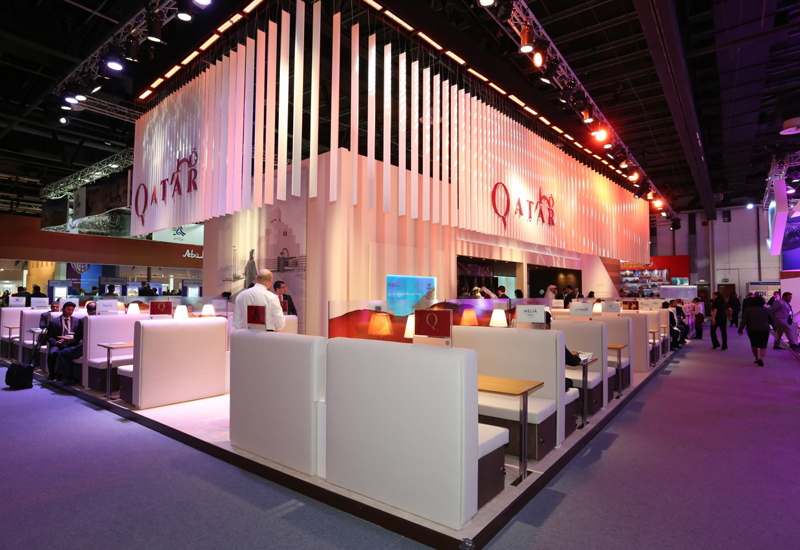Experiential travel, the main theme of this year’s Arabian Travel Market (ATM), is driving tourism growth in Qatar, as the country works towards its 2030 ambitions to welcome 10 million visitors a year and generate US$17.8 billion in tourism receipts.
According to research released ahead of ATM 2017, which takes place at Dubai World Trade Centre 24-27 April, Qatar will look to generate 5.2% of its GDP through tourism over the coming years, creating 98,000 jobs and managing an inventory of 63,000 hotel rooms.
An example of experiential travel is Souq Waqif in Doha, which offers several small shops lined along paths with an array of Middle Eastern merchandise, from spices and seasonal delicacies to perfumes, jewelry, clothing and handicrafts.
While the country’s culture and heritage remains of paramount importance, Qatar is also set to invest up to US$45 billion in new developments under the National Tourism Sector Strategy 2030. These include US$2.3 billion earmarked for 2022 World Cup facilities and $6.9 billion for transport infrastructure and associated projects.
ATM senior exhibition director Simon Press said: “Qatar’s well-paced National Tourism Sector Strategy 2030 will steadily boost tourism numbers over the coming decade, with the first milestone of four million visitors a year by 2020, well on track.
The government, hotel operators, airlines, and other stakeholders, are now beginning to see a return on their investment into the country’s tourism sector. Once again we see the leisure industry driving growth in another major GCC destination and this is a trend we expect to continue at least until the end of the decade.”

| Advertisement |
Qatar Tourism Authority (QTA) predicts the tourism sector’s total economic contribution will reach $6.1 billion (7.3% of GDP) by 2026, up from $3.6 billion in 2015.
In 2015, investment in travel and tourism activity comprised 2.2% of the country’s total funding, with this expected to rise by 8.6% per annum to 2026. The introduction of new demand drivers will be vital to supporting the continued rise in leisure spending, which is expected to reach values of $12.3 billion in 2026, while business travel spending is expected to rise to $4.8 billion in 2026.
Qatar is already the fastest growing destination in the region in terms of visitor arrivals, averaging 11.5% growth over the past five years, according to data from the QTA. The Authority’s Tourism Performance Summary, for the third quarter of 2016, recorded arrivals of 2.18 million visitors in the first nine months of the year, including more than one million GCC nationals.









 Search our database of more than 2,700 industry companies
Search our database of more than 2,700 industry companies









